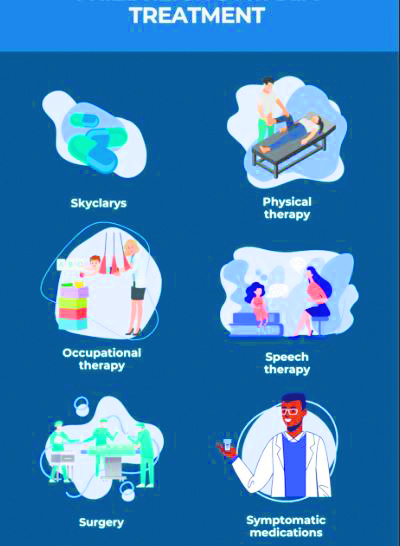
Ataxia is a neurological condition characterized by a lack of coordination in movements, affecting the control of limbs and causing issues with balance and walking. It is estimated to impact approximately 26 out of every 100,000 children. While often hereditary, some forms of ataxia can result from other underlying diseases. Rather than being a singular disease, ataxia represents a set of symptoms stemming from disorders within the cerebellum (cerebellar degeneration) or related neural pathways (spinocerebellar degeneration).
The duration and severity of ataxia symptoms can vary widely. Some individuals may experience acute episodes lasting from hours to days, while others may encounter subacute cases lasting a few weeks. Chronic ataxias persist for months to years. Treatments are tailored to address specific symptoms, their frequency, and duration. Consequently, there exist various therapeutic approaches catering to acute, subacute, and chronic ataxia cases.
Ataxia primarily affects motor coordination, causing muscles to struggle in coordinated movement. It manifests diversely across various body parts, resulting in different levels of severity and symptom sets. Common indications encompass an abnormal gait, characterized by a distinctive uncoordinated shuffle while walking, known as “gait ataxia.
Additionally, a loss of balance, termed sensory ataxia, is prevalent, often accompanied by diminished proprioception, complicating spatial awareness. This challenges the assessment of objects in relation to one’s body. Furthermore, ataxia hampers motor coordination, impacting activities like writing, typing, and tying shoelaces. Progressive instances can culminate in complete loss of mobility. Tremors, uncontrollable shaking in limbs, and chorea, sudden, jerky movements, are also associated symptoms. Speech difficulties arise due to impaired motor function, leading to slurred speech or dysarthria, often accompanied by dysphagia, difficulty in swallowing. Nystagmus, characterized by involuntary rhythmic eye movements, may affect vision, causing blurriness.
Diagnosis & Treatment
Diagnosing ataxia serves a dual purpose – identifying the underlying cause of symptoms and eliminating other conditions that may manifest similarly. Issues like heat stroke, alcohol misuse, ischemic stroke, and brain hemorrhage exhibit resemblances and hence necessitate exclusion during diagnosis.
The diagnostic process commences with a comprehensive assessment of your present health status, familial history of ataxia, current medications, and prevailing symptoms. Subsequently, a series of evaluations and tests are conducted:
=Neurological assessments scrutinize movement coordination, gait, mental acuity (memory and speech), strength, and balance.
=Grading involves the utilization of various scales such as the International Cooperative Ataxia Rating Scale (ICARS) or the Scale for the Assessment and Rating of Ataxia (SARA) to aid in symptom assessment.
=Blood tests are employed to screen for potential causes like substance abuse, deficiencies in vitamins, presence of cancer, or other ailments linked to ataxia.
=Computerized tomography (CT) scans, utilizing X-rays, generate high-resolution brain images that aid in diagnosis and assist in ruling out tumors or traumatic brain injuries (TBIs).
=Magnetic resonance imaging (MRI) utilizes magnetic waves to produce detailed two or three-dimensional brain images.
=Genetic testing is pursued if hereditary ataxia is suspected, aiming to detect DNA abnormalities underlying the condition.
How is ataxia treated?
While hereditary ataxia currently lacks a cure, symptom management through various treatments is available. Addressing other causes of ataxia can also aid in symptom reduction.
When ataxia arises from factors like vitamin deficiencies or exposure to toxic substances, treatment involves replenishing the deficient vitamin or eliminating the harmful substance to alleviate symptoms.
If the ataxia stems from the immune system targeting the brain, treatments to suppress the immune response may be administered. Identifying and treating the underlying cause of the immune dysfunction, such as a bodily tumor, can also contribute to symptom improvement.
Managing coordination issues or balance problems often involves the use of adaptive devices, enabling individuals to maintain independence. These devices include canes, crutches, walkers, or wheelchairs. Additionally, symptom alleviation through physical therapy, speech therapy, and medications is beneficial for addressing tremors, stiffness, depression, spasticity, and sleep disorders.
Ongoing research focuses on cerebellar and spinocerebellar degeneration. Efforts are aimed at understanding the causes of ataxias and developing treatments, potential cures, and preventive measures for these conditions.
The author is an Associate Director & Head-Neurology, Asian Hospital.